Is a plantar scanner suitable for use in chain rehabilitation institutions? The answer is yes, and its adaptability goes far beyond expectations.
As public attention to foot health continues to rise, more and more rehabilitation institutions are beginning to adopt a “foot-first” strategy in their overall rehabilitation approach.
Against this backdrop, the plantar scanner, as an efficient, precise, and intelligent diagnostic tool, is quietly becoming the standard equipment in rehabilitation institutions, especially suitable for chain rehabilitation brands that pursue large-scale and standardized operations.
First of all, the plantar scanner can significantly improve detection efficiency.
Traditional foot assessment methods often rely on visual inspection, manual palpation, or simple imprint templates. These methods are not only time-consuming and labor-intensive but also prone to errors due to subjective judgment.
The plantar scanner, through automated scanning, can acquire high-resolution plantar image data in just a few seconds and generate a systematic analysis report. For chain rehabilitation institutions that need to assess large numbers of clients in a short period, this undoubtedly enhances both service efficiency and customer experience.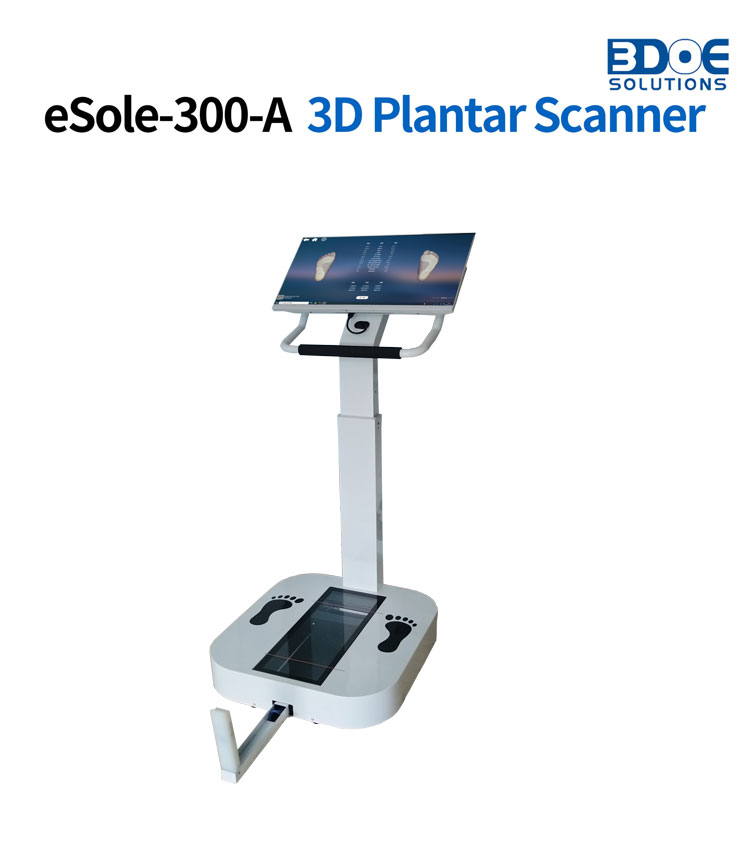
Secondly, it helps achieve standardized services.
Chain rehabilitation institutions often face a challenge: how to ensure consistent service quality across different locations. The data collected by the plantar scanner is objective and visual, not dependent on the experience level of the operator, thus making initial assessments, progress tracking, and treatment outcome comparisons more consistent.
At the same time, with the integration of cloud data platforms, data can be shared among branches and remotely reviewed by experts, effectively breaking through operational barriers to realize “same brand, same standard, same procedure.”
Thirdly, the scan results directly guide the personalized development of rehabilitation plans.
For example, for common issues such as plantar fasciitis, flat feet, high arches, or lower limb alignment problems, the scanner can clearly display foot pressure distribution, arch shape, and differences between the left and right foot. This helps therapists select more appropriate interventions such as custom insoles, gait training, joint mobilization, and more.
This data-driven service model not only improves rehabilitation outcomes but also enhances client trust in the professionalism of the institution.
Furthermore, the plantar scanner can also become a powerful tool for client education and extended services. A visualized foot data report not only helps clients understand and remember their condition but also encourages greater cooperation throughout the rehabilitation process. For rehabilitation institutions, this is not only a professional endorsement but also a way to increase client loyalty.
From an investment return perspective, the plantar scanner has a long service life, low maintenance cost, simple operation, and high adaptability. It can be used not only for initial assessments but also as a tracking tool throughout the rehabilitation process. It can even be extended into value-added services such as custom insole design and gait analysis, creating multiple revenue streams for chain institutions.
As the chain rehabilitation industry gradually enters an era of digitalization and intelligence, the plantar scanner is no longer an optional auxiliary device, but a key supporting tool that enhances professionalism, service quality, and brand value. Those who can master this technology first will walk more steadily and go further in the field of rehabilitation services.
Let foot data speak and make rehabilitation decisions more evidence-based. The plantar scanner is becoming the “smart eye” of every modern rehabilitation institution.

 +86-0755-86131192
+86-0755-86131192 2025-06-16
2025-06-16 Back to list
Back to list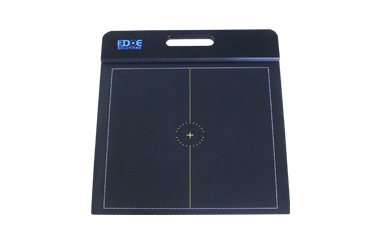
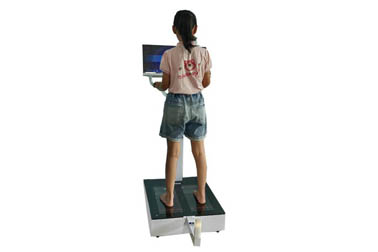
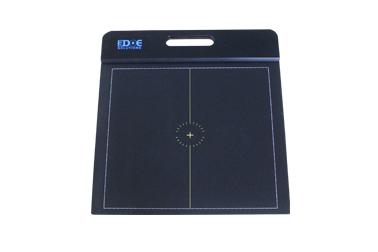
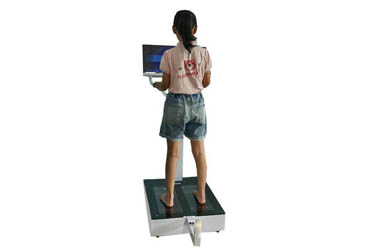
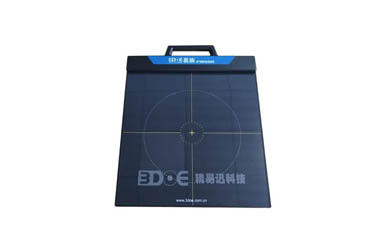
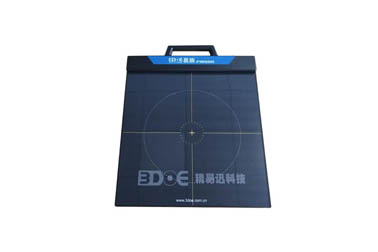



 +86-0755-86131192
+86-0755-86131192